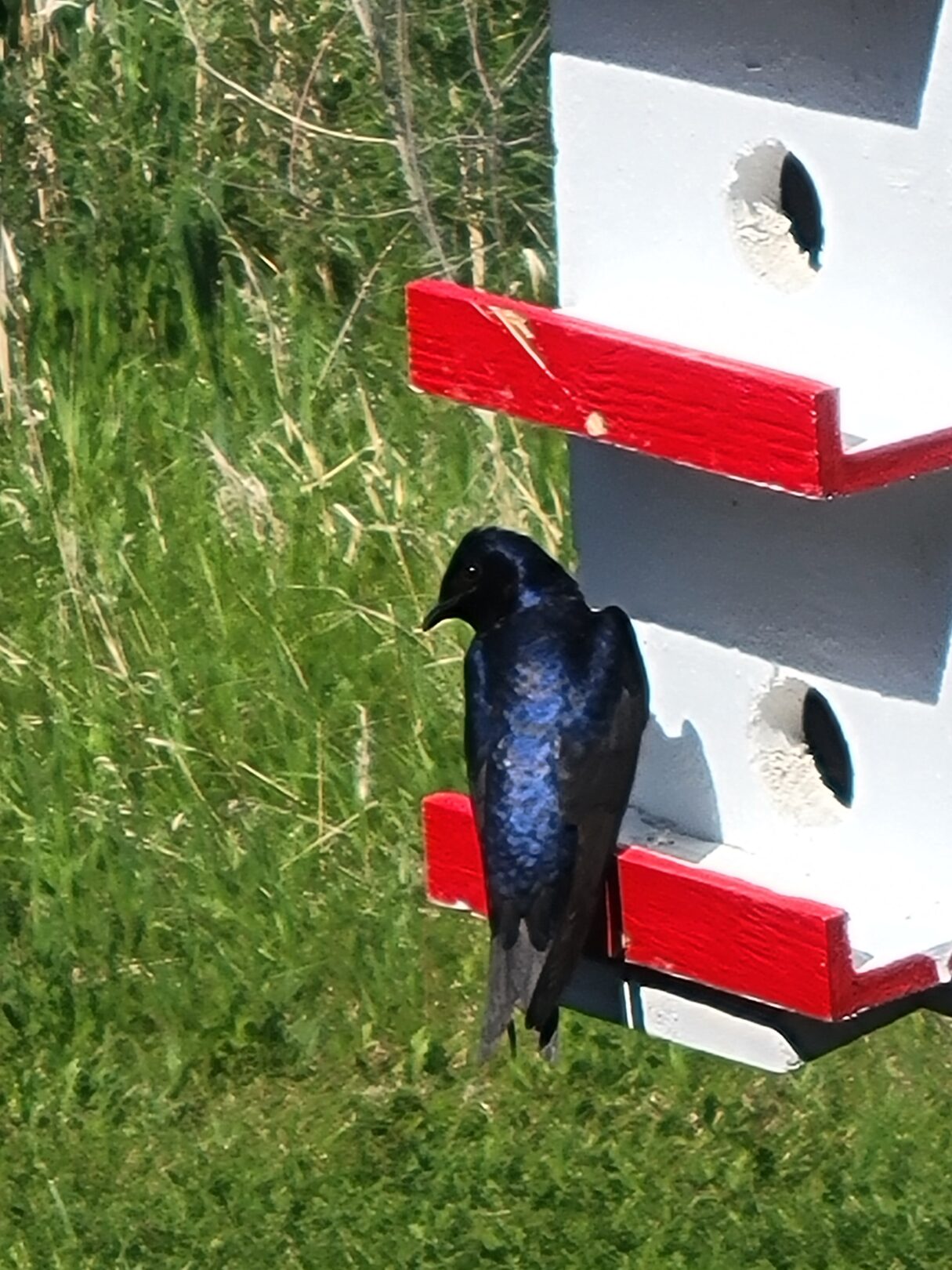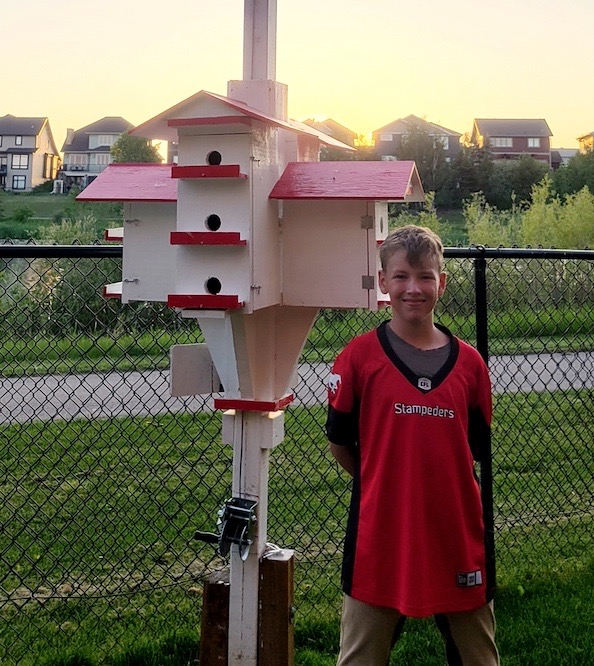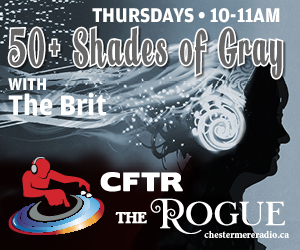Purple Martins have made Chestermere resident, Jerry Evans, yard home for the summer.
Last September, Evans was inspired to build a Purple Martin communal structure out of the remaining wood from his great parents’ farmhouse, with his grandson Josh Evans.
Jerry was told it would take about three years before any Purple Martins took interest in the new home, however, three pairs quickly showed up.
“The birds themselves are communal, so they will nest together in a community,” Jerry said. “They showed up, and when they did, they were all too together all at once.”
Currently, Jerry has three pairs, with about nine juveniles in his yard.

Director of Community Engagement for Birds Canada Jody Allair explained that Purple Martins are the largest bird of the swallow family, and their dark purple colour and long wings make them very distinct.
Purple Martins are commonly found in eastern North America, but occasionally, their population stretches west into the prairies, usually in northern Alberta.
Allair explained that an area like Chestermere would make an ideal home for Purple Martins as they feed on insects hatching on the lake.
“They are an insect feeder, people love having them around their yards because they will eat a lot of insects,” Allair said. “They sound beautiful, they look amazing, and they eat a lot of insects.”
Purple Martins nest nearly exclusively in man-made structures, Allair explained. If they find a site that works for them, they aren’t disturbed, they have an abundance of food, and can nest, they will keep coming back to the same site, and eventually expand over the years.
“From an amazing bird standpoint, it’s hard to beat a Purple Martin. They are incredible birds, they sound beautiful, they really get people’s attention, they are a lovely bird in the summertime,” Allair said. “People in Chestermere sound feel privileged they have one of the most southern nesting colonies in Alberta.”
Purple Martins are a bird of focus for Birds Canada conservation work, as the organization has seen a decline in aerial insectivores.
“Purple Martins are declining, and anywhere you can help foster a population is really great,” Allair said. “It’s very worrying. We’re monitoring populations and figuring out what’s causing the decline.”
Although the population decline is a mystery, Allair believes there is a variety of contributing factors, such as climate change, and pesticides.
“Purple Martins are a long-distance migrant, they winter in South America,” Allair said. “They travel great distances to come back up here, climate change is having a big impact on long-distance migrant birds across the world.”
It’s also recommended to not use anything that would limit insect numbers in areas where Purple Martins are nesting.
“We recommend not using pesticides, to make sure there are insects for Purple Martins, they are nature’s insecticides,” Allair said.









